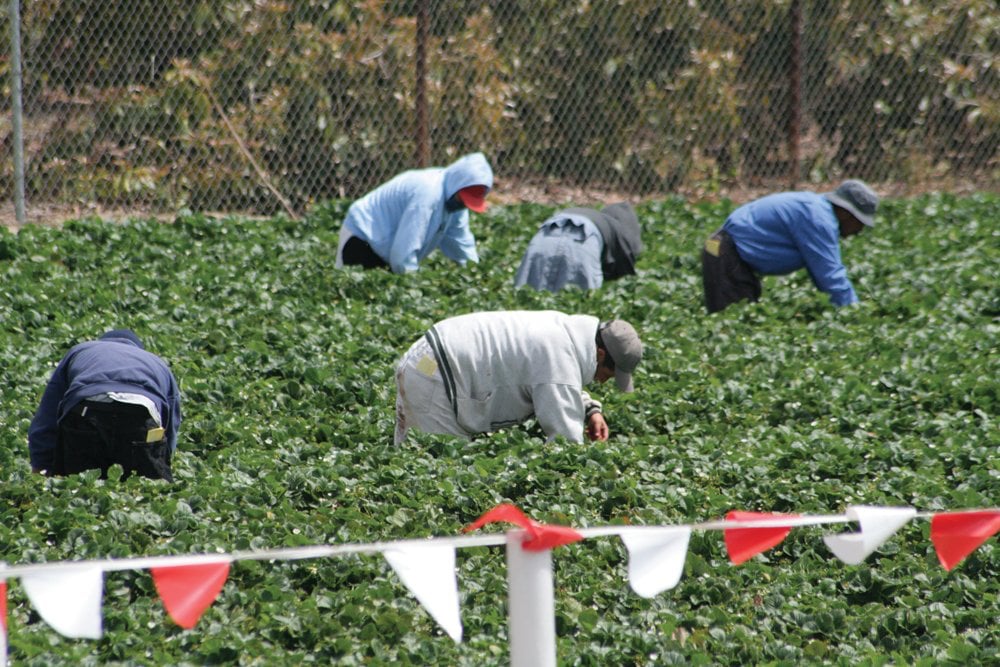Plant sensors could act as an early warning system for farmers

Using a pair of sensors made from carbon nanotubes, researchers from MIT have discovered signals that reveal when plants are experiencing stresses such as heat, light, or attack from insects or bacteria.
Read Also

Agriculture industry wary of federal immigration plan
The 2024 federal budget’s promise to reduce “temporary immigration” could reduce the number of temporary foreign workers available to Canadian…
The sensors detect two signaling molecules that plants use to coordinate their response to stress: hydrogen peroxide and salicylic acid.
Researchers found that plants produce these molecules at different times for each type of stress, creating distinctive patterns that could serve as an early warning system. Farmers could use these sensors to monitor potential threats to their crops, allowing them to intervene before the crops are lost, researchers say.
The researchers found that the two sensors together can tell the user exactly what kind of stress the plant is undergoing.
“Inside the plant, in real time, you get chemical changes that rise and fall, and each one serves as a fingerprint of a different stress,” says professor Michael Strano, one of the senior authors of the study.
Plants respond to different kinds of stress in different ways. The sensors consist of tiny carbon nanotubes wrapped in polymers. By changing the three-dimensional structure of the polymers, the sensors can be tailored to detect different molecules, giving off a fluorescent signal when the target is present.
To embed the nanosensors into plants, the researchers dissolve them in a solution, which is then applied to the underside of a plant leaf. The sensors can enter leaves through pores called stomata and take up residence in the mesophyll, the layer where most photosynthesis takes place. When a sensor is activated, the signal can be easily detected using an infrared camera.
In this study, the sensors for hydrogen peroxide and salicylic acid were applied to pak choi, a leafy green vegetable also known as bok choy. Then, researchers exposed the plants to four different types of stress — heat, intense light, insect bites, and bacterial infection — and found that the plants generated distinctive responses to each.
Each type of stress led the plants to produce hydrogen peroxide within minutes, reaching maximum levels within an hour and then returning to normal. Heat, light, and bacterial infection all provoked salicylic acid production within two hours of the stimulus, but at distinct time points. Insect bites did not stimulate salicylic acid production at all.
For stress such as an insect bite, a plants’ response includes the production of chemical compounds that insects don’t like, driving them away from the plant. Salicylic acid and hydrogen peroxide can also activate signaling pathways that turn on the production of proteins that help plants respond to heat and other stresses.
This technique is the first that can obtain real-time information from a plant, and the only one that can be applied to nearly any plant. Most existing sensors consist of fluorescent proteins that must be genetically engineered into a specific type of plant and can’t be universally applied.
The researchers are now adapting these sensors to create sentinel plants that could be monitored to give farmers a much earlier warning when their crops are under stress.
Source: Farmtario.com

